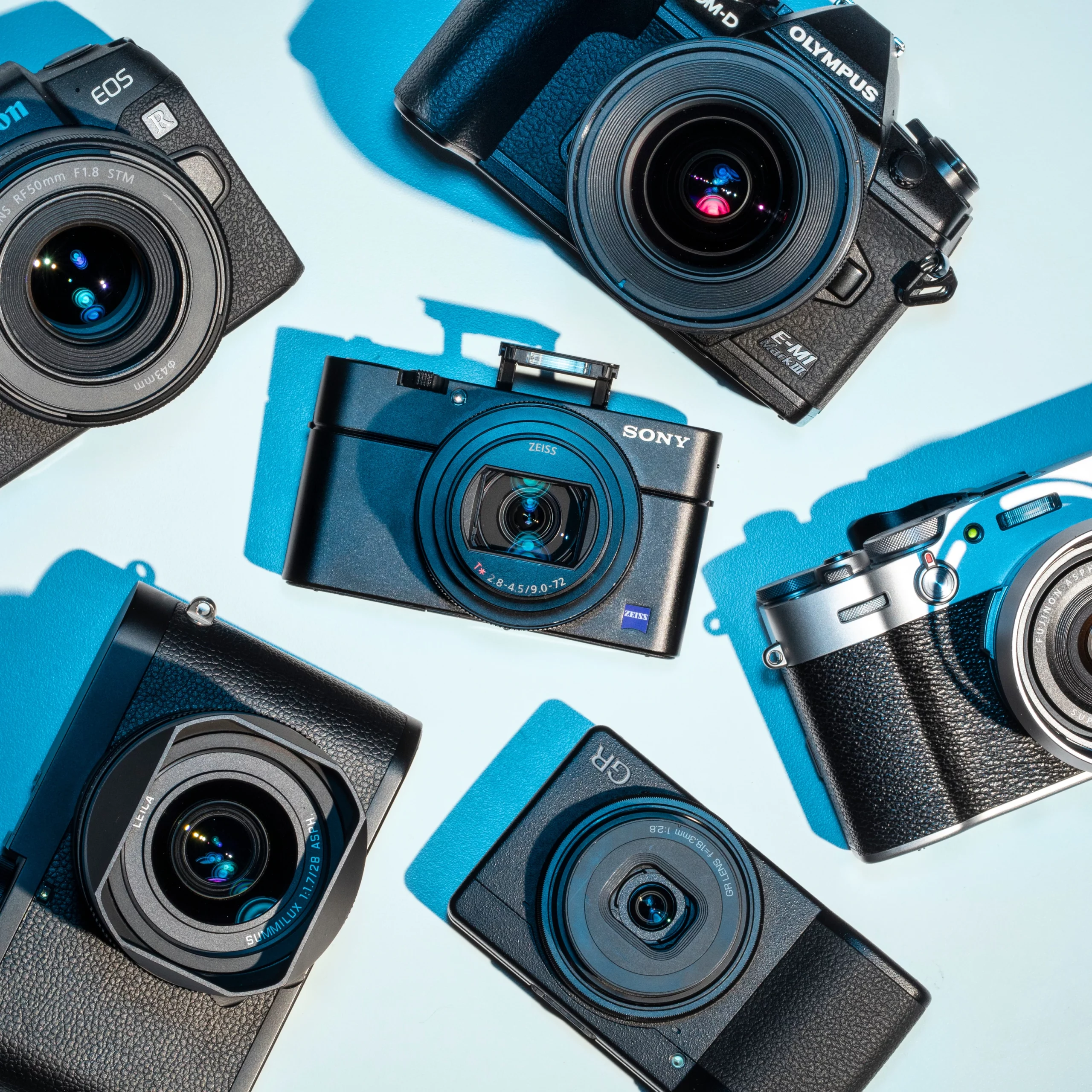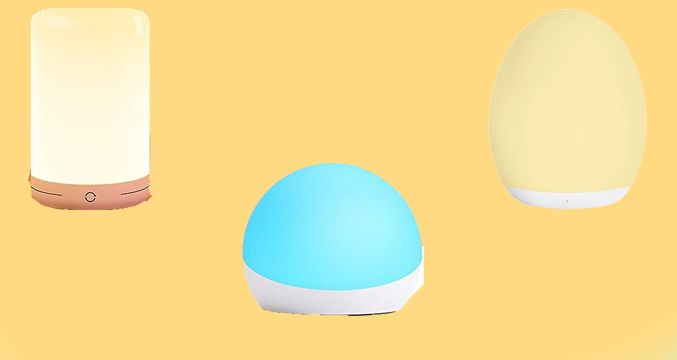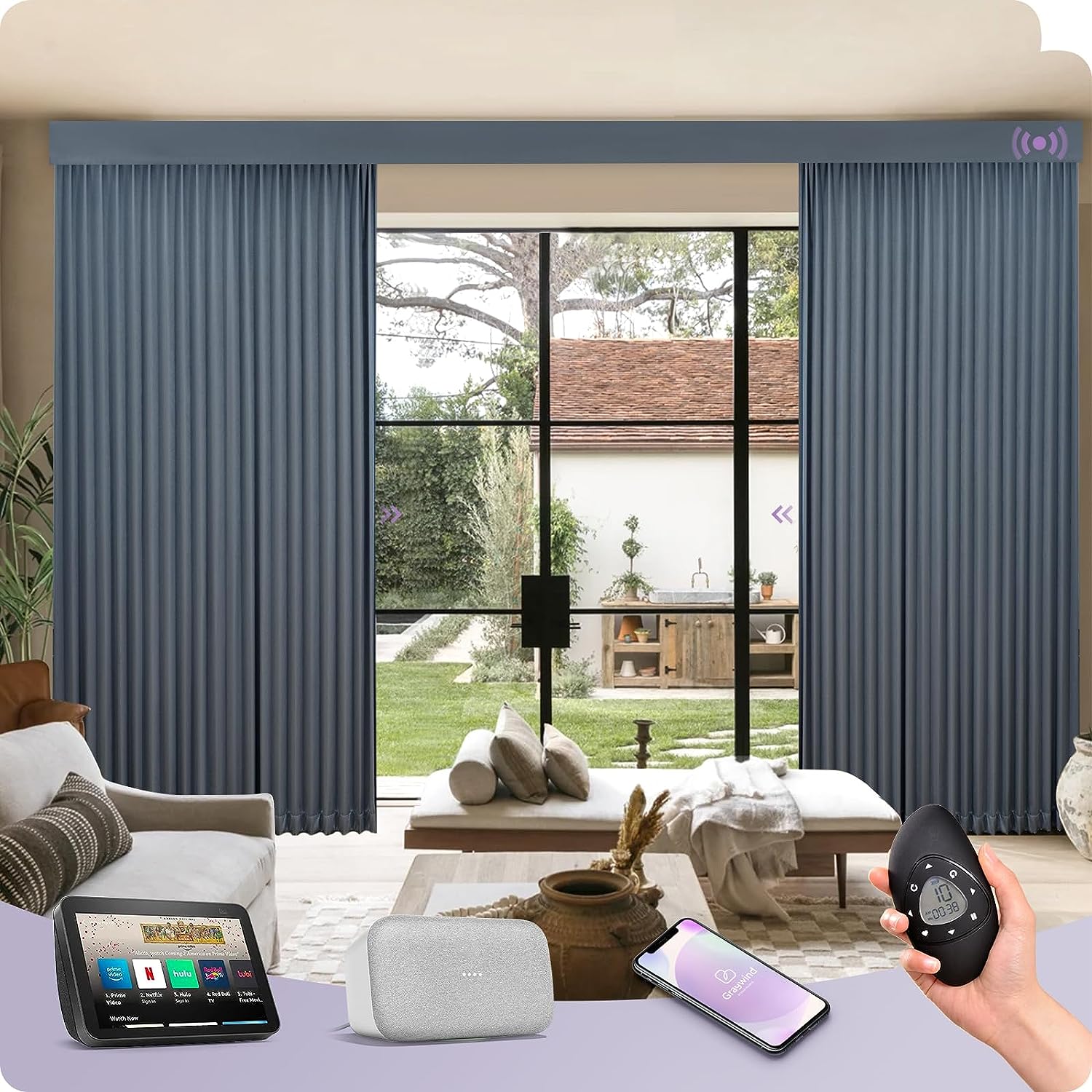Cameras are one of those things you just can’t go without. Whether you go on vacation, to a birthday party, or an important event, you probably want to carry a camera with you to capture and immortalize those moments. Often, people are more than happy to go at it with the camera on their smartphone. And that’s totally understandable since smartphones have gotten pretty darn good at taking photos.
But if smartphone cameras are that good, you may wonder, what’s the point in buying a camera? Well, there are actually quite a lot of features that dedicated cameras offer, which smartphone cameras lack: interchangeable lenses, adjustable shutter speed, optical zoom (to just name a few). Some shots are even impossible to achieve with smartphone cameras and require a dedicated camera to pull off.
If you are in the market for a new camera, this camera buying guide will help you navigate the options and narrow down your choice. We have analyzed all the information so that you know what to look for when buying a camera.
So without further ado, let’s hop straight into it.
Different types of cameras
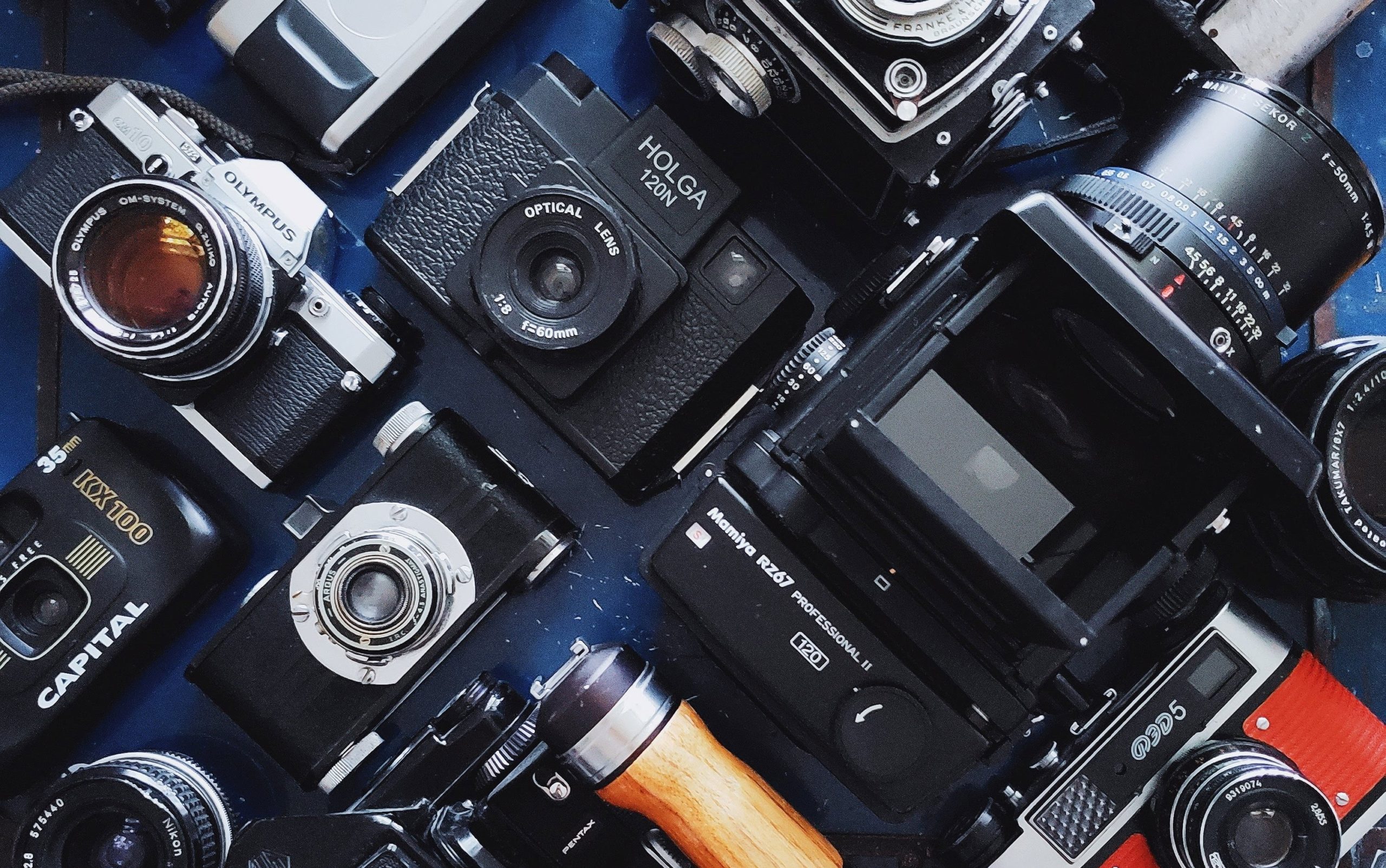
Cameras have come a long way since their inception. From the early-19th century daguerreotype, they have evolved into present-day marvels like digital cameras and DSLRs, capable of capturing even the finest of details.
For every type of use, there is of course a suitable camera. So the first thing you need to consider when buying a camera is what type of camera you need.
Worry not, as we have created a list of the main types of cameras that are on the market today.
1) Film camera
First introduced in 1988 by Kodak as the Kodak No 1 camera, film cameras were until the popularisation of digital photography the most commonly used type of camera. As the name suggests, these types of cameras use film as the storage medium. You might remember the photo rolls or their round storage canisters, which used to be immensely widespread.
The photos that film cameras produce can be quite interesting. No need for Instagram filters, because the roll film of your choice will give a unique look to the photos by itself.
Since film cameras are not digital, it is up to the user to adjust the different buttons and knobs to get the desired photo quality, making them a bit challenging to use, especially for people new to photography. To obtain the photo, the roll film needs to be developed, a task often performed in dark rooms.
2) Polaroid camera
Also called instant film cameras, these cameras were invented and popularized by the Polaroid Corporation. Unlike traditional film cameras, Polaroid cameras use instant film (or self-developing film) instead of roll films.
As the name suggests, the instant film allows the Polaroid to print photos instantly, saving you from the step of developing the photos yourself or taking the film to a professional for development. This makes Polaroid cameras great for beginners who are looking for an easy-to-use, fun device.
They can be useful during events where you need the photo printed right after pressing the shutter button, but can also be great fun to take photos with when out with your friends.
On the downside, once the photo is printed, that’s it. You won’t have the film negative to produce additional copies of the same photo. For the same reason, the photo quality also won’t be the best. But most of us can agree — there’s just something magical about getting a physical photograph in your hands mere moments after it was taken.
3) Digital camera
Digital cameras are the type of camera you are likely most familiar with. They are the next generation of cameras and truly changed the way we take photos.
All types of cameras that store images digitally (on SD cards, for example) can be considered digital cameras. They also come with an LCD screen that allows you to see the taken photos and thus don’t require any manual development.
A big benefit of digital cameras is that you have the freedom to take more photos on one storage card than you would traditionally be able to do on a film camera. Instead of changing the roll film every 36 photos, digital cameras allow you to store thousands upon thousands of images (depending on the storage size, of course. Aside from that, you can easily scroll through and delete any images you don’t like.
4) DSLR camera
Digital Single-Lens Reflex cameras, otherwise known as DSLR cameras, are a type of digital camera with an optical viewfinder that allows you to look directly through the lens. This means that the view you see through the viewfinder will be exactly what will end up on the photo.
Traditionally, this was a great feature because it provided top-notch accuracy which other types of cameras did not provide. These days, with most new DSLR cameras, you can use the LCD screen to get a live view.
Another big plus the DSLR camera provides is its capability to work with interchangeable lenses. For each setting, you may want to use different lenses, and DSLRs give you the flexibility to do so.
DSLRs generally contain very big sensors, allowing for very high image quality, and they have fast shutter speeds allowing you to freeze movement effortlessly and without blurring.
5) Professional camera
Professional cameras are DSLRs, but with some changes that make them better suited for professional use.
The main difference is their larger sensor. Professional cameras have full-frame or medium format sensors, which allow for more detailed images and better low-light performance.
You probably don’t want to take one of these with you on your casual day out, though. They can be quite large and heavy compared to the other types of cameras.
Features to look out for
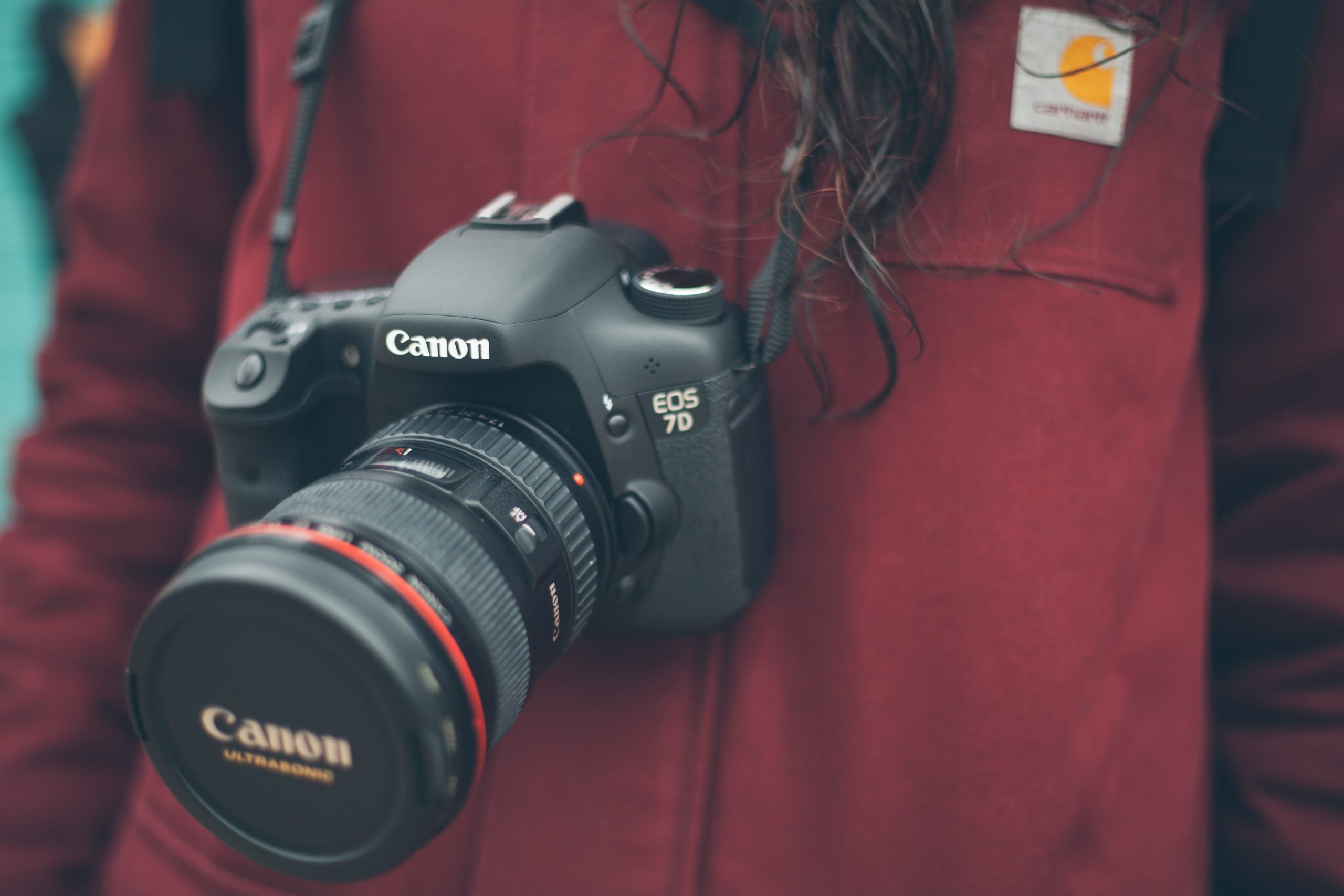
When buying a camera, it is important to know the ins and outs, so that you can make the right decision for your use case. The technical aspects of it can seem a bit intimidating — after all, they have so many features and capabilities, and there are terms that you may have never herald of before. Let’s go over some of the main features to look out for, and how to choose the option that’s right for you.
How to choose a camera lens
The lens is the eye of your camera. It is the number one factor in determining how your photo will end up looking like.
If you are opting for interchangeable lens cameras, or (in non-technical terms) cameras that allow different lenses to be attached to them, then you have a ton of options to choose from, and you can always swap and adjust based on your needs.
However, if you are buying a camera that comes with a fixed lens, then it’s important to make the right decision straight away. Because if for any reason you need a different lens, you will have to replace the entire camera.
The most important features to look out for when buying a lens are:
- Zoom or no zoom
Want to use zoom? Get a zoom lens. If you don’t need zooming capabilities, you can get a lens that can not zoom. Those are called prime lenses. Generally speaking, zoom lenses are more expensive than primes. Primes also often produce sharper images. You do lose a bit of flexibility without zoom. - Focal length
This is measured in millimeters (mm). A lower number means a wider shot, and a higher number means a narrow field of view (also called telephoto). Wide-angle lenses are great for getting more things in the frame. Go higher and you get more of a zoom effect. Lenses with focal lengths that are too high or too low can give a distortion effect, so if you want your photos to look more true to life, then you may want to go for an average 50mm or 85mm lens. - Aperture
This is also called the f-stop. The aperture essentially is the opening of the lens through which light passes. Large apertures like f1.4 will let in more light, allowing for a brighter shot in low light. However, they will also make the background very blurry. Smaller apertures like f.5.6 will do the opposite — not much light is allowed into the lens which makes it unsuitable for low-light situations, but you retain more detail in the background of your subject.
If you consider all three factors listed above while buying a camera, then you can be sure that your lens will serve you the way you want. Just make sure to choose wisely!
How to choose the shutter speed
The shutter speed will determine how much blur, or the lack thereof, your photo will have. If you shoot with a low shutter speed, your photo will likely contain more blur. A higher shutter speed will freeze movements and make it all look nice and steady.
If you are planning on buying a camera to take photos of subjects that involve lots of movement (think of sports, or wildlife photography), then you will want to choose a camera that supports high shutter speeds.
If, on the other hand, you plan on shooting sunsets, streets, or basic activities that don’t involve fast movements, then you should be fine with a camera supporting average shutter speeds.
Sensor size
Another important part of the camera is the sensor. The size of the sensor has a big impact on the quality of the end image. Larger sensors can carry larger size pixels, which reduces the chance of grain, especially in low-light conditions.
There are different sizes of sensors you can choose from. From smallest to largest, they are:
- 1’’ sensors
- Micro Four Thirds (M4/3)
- APS-C
- Full-Frame
- Medium Format
While larger sensors mean higher image quality, cameras with large sensors are heavier than those with smaller sensors. They are also much more expensive. So do make sure to take that into account.
Megapixels
Pixels are little digital dots of light that display a specific color with a specific brightness. They are something from the digital age, and thus will only be a thing in digital cameras. So don’t freak out when you can’t find the megapixel count on a film camera — they simply don’t have it.
Say you are buying a digital camera, then remember this: The higher the pixel count, the more detail the image will have. But don’t be fooled — a camera with more megapixels does not necessarily take better photos than one with a lower megapixel count. The difference mainly becomes noticeable when you print the photo in a large format. The higher megapixel count means that the photo maintains details better when enlarged.
We recommend you not to pay too much attention to the megapixel count when buying a camera unless you are planning to print photos in large sizes.
Video capabilities
So far, we have only talked about still imagery. However, since the advent of digital cameras, it has become possible to also shoot videos with the same cameras we shoot photos with. If you want to be able to shoot videos with your camera, then double-check that the camera you buy can shoot videos. Luckily, most digital cameras on the market today have this capability.
Of course, there are a few things to consider:
- Video resolution
A larger resolution means higher video quality. It is like megapixels but for videos. Until recently, 1080p (Full HD) was the golden standard. However, technology moves forward and these days this standard has been taken over by 4K (or UHD) resolution — the most popular resolution nowadays used by bloggers, journalists, and filmmakers alike.
- Framerate
The framerate is the shutter speed equivalent for videos. The higher the framerate, the smoother the video playback will be. So if you want your videos to be silky smooth, then you may want to choose a camera that can shoot videos with a high framerate. This is also useful if you are planning to slow down your videos and produce a slow-motion effect.
3. Zoom
We had already briefly gone over this in the part about lenses but found it important to get a bit more specific to ensure that you make the right choice.
Zoom lenses, as the name suggests, allow you to zoom in and out. This is great when you want versatility. The zoom range decides the amount of versatility you will get out of the lens. Remember the part about focal length? This comes into play here. With a zoom lens that has a broad range, say 18-200mm, you can zoom all the way out to get everything in the frame, and then simply zoom all the way in to capture something in the distance. If you were to use prime lenses, you would have to change out the lens each time you wanted to switch between subjects close by and far away. With zoom lenses, it’s just a matter of zooming in and out.
So, consider what zoom range you need for your use, and choose your zoom lens accordingly.
What to look for when buying a film camera
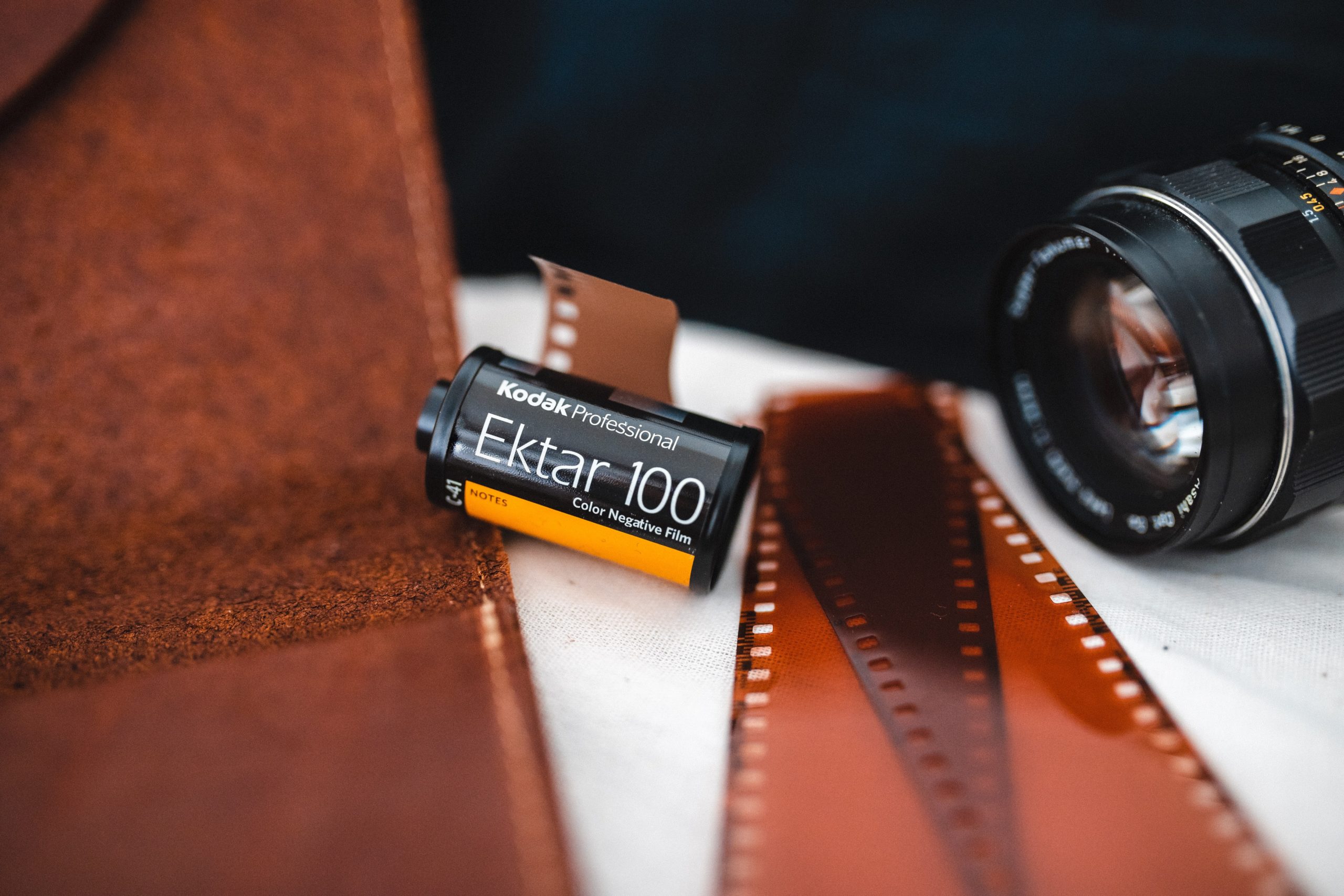
Decided to go ahead with buying a film camera? Great choice, film cameras can be wonderful things to get that retro look, or even to learn the basics of photography.
Film cameras are not digital, this means that you will have to set up everything by hand. Doing so can make taking the perfect photo quite challenging. Some film cameras have features that make it easier to get the right shot. Not sure how to choose a film camera? No worries. Below is a list of things to know when buying a camera that shoots on film.
- They can all shoot in color
While you may think that older film cameras can only shoot black and white, that is not actually true. It is the roll film that decides whether or not the photo will be colored. So don’t worry when you can’t find out whether or not the film camera you want to buy can take color photos. It can. All you have to do is pop in some color film and off you go.
- Rangefinder vs SLR
Rangefinders are little pieces of glass or plastic through which you can approximately frame your shot. They are okay for casual shots but are not very accurate. SLRs on the other hand allow you to see exactly through the lens, providing better framing accuracy.
- Lightmeter
Light meters measure the brightness of the scene and allow you to easily set the correct exposure settings for your shot. Not all film cameras contain a light meter, so if you want to get correct exposure every single time, it is recommended to get a camera with one built-in. Alternatively, you can get an external light meter, but why carry something extra when it can be built-in?
What is important when buying a polaroid camera
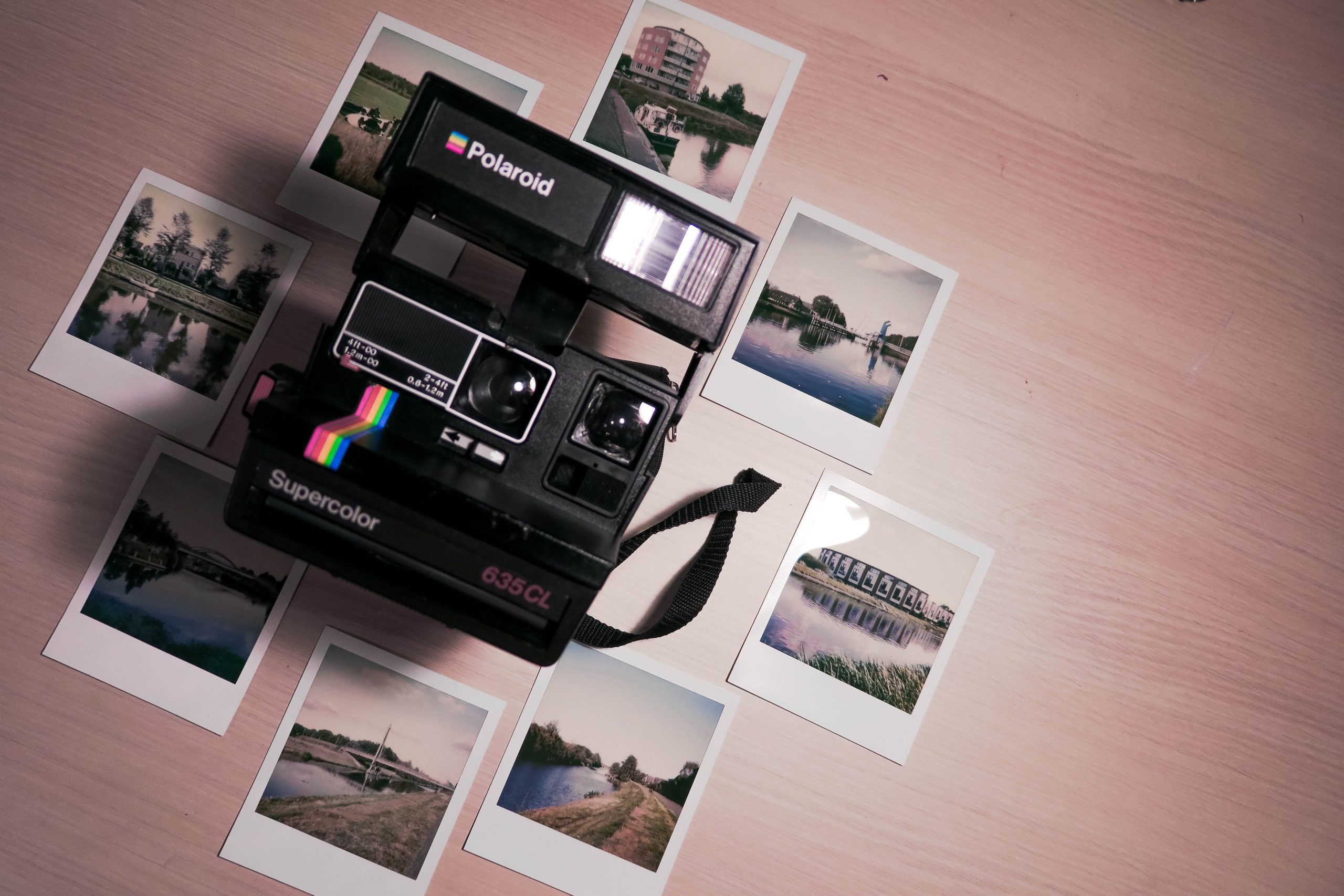
The beauty of polaroid cameras is their simplicity. They are much easier to use than other types of cameras and recently there are even digital-analog hybrid options.
Nonetheless, there are a few things to look out for when buying a polaroid camera.
- Photo quantity
The original Polaroid cameras came with 10 photos in each cartridge. The newer versions however contain only 8 photos. If you like to be able to take more photos before changing the cartridge, you may want to choose a Polaroid that takes in larger cartridges.
- Battery requirements
You need some power to take a photo and have it printed on the Polaroid camera. Some models work with AA or AAA batteries, which you will have to change out once empty, but there are also Polaroid cameras that don’t require you to handle batteries at all — instead, they take power from small batteries built in each photo cartridge. If you don’t like carrying around spare batteries, choose a Polaroid camera that doesn’t require any.
- Photo size
Different models of Polaroid cameras use different types of cartridges. Consider how large you want the prints to come out and choose the camera that takes cartridges that fits your size requirements.
If you are buying a camera on a budget, then you should know that the Polaroid camera can get a bit pricy. While the camera itself may be quite cheap to obtain, you will spend vast amounts on the film cartridges in the long run. Cartridges are not cheap, so take that into account!
Further information
What to look for when buying a digital camera
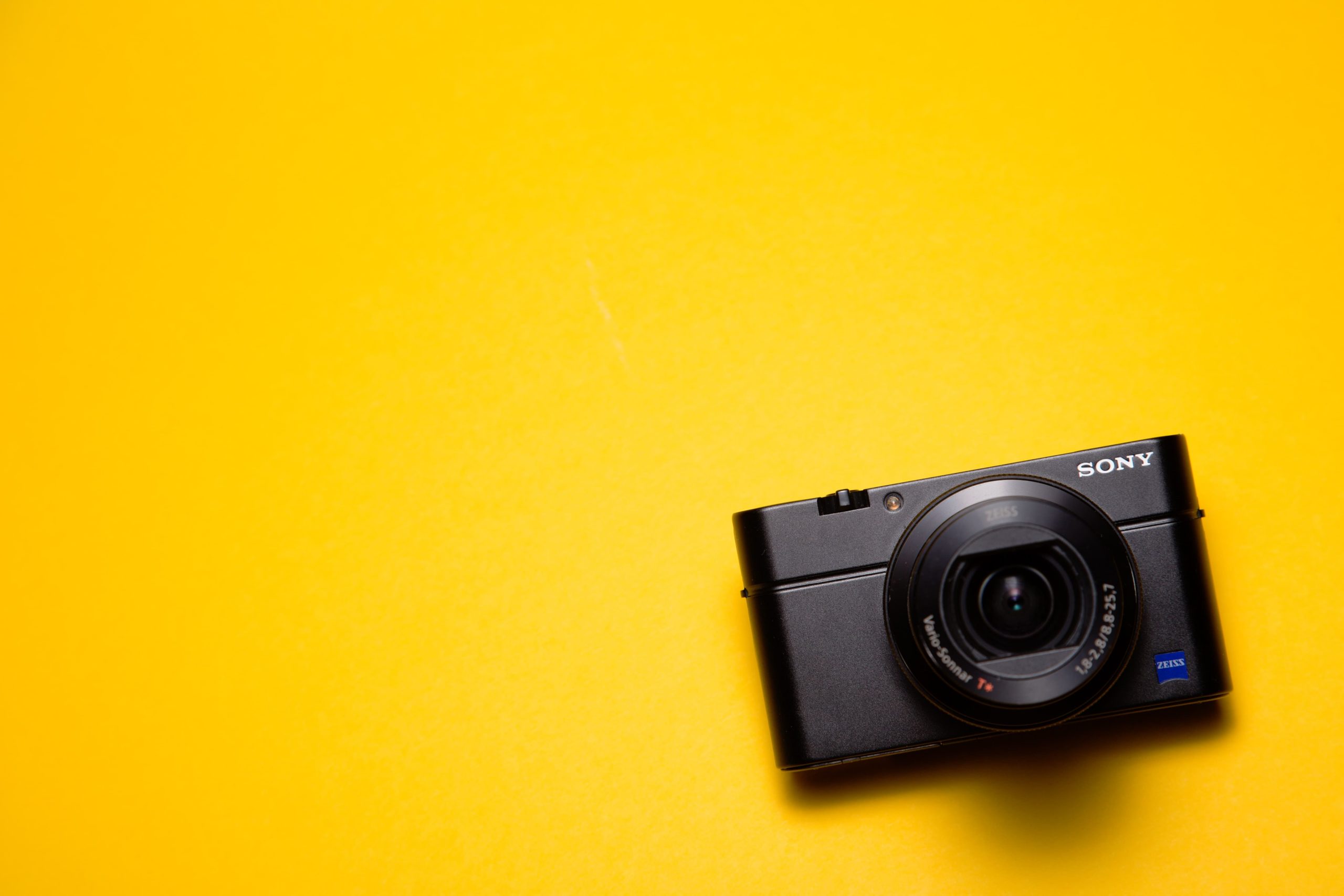
Chances are pretty big that you have handled a digital camera at some point in your life. In fact, they come in all shapes and sizes. DSLRs, smartphones, and compact cameras can all be considered digital cameras. Let’s, therefore, keep things brief here — just make sure you take into account the following:
- Megapixel count
Make sure the amount of megapixels corresponds with your needs.
- Fixed lens, or interchangeable lens
If you want to be able to use different lenses, go for an interchangeable lens camera.
- Optical zoom or digital zoom
Some digital cameras are marketed with a zoom option but really only do digital zoom. Digital zoom really just crops the image and should be avoided if you care about good image quality when zoomed in. If image quality matters to you, buying a camera with an optical zoom over one with digital zoom is highly recommended.
What to look for when buying a DSLR camera
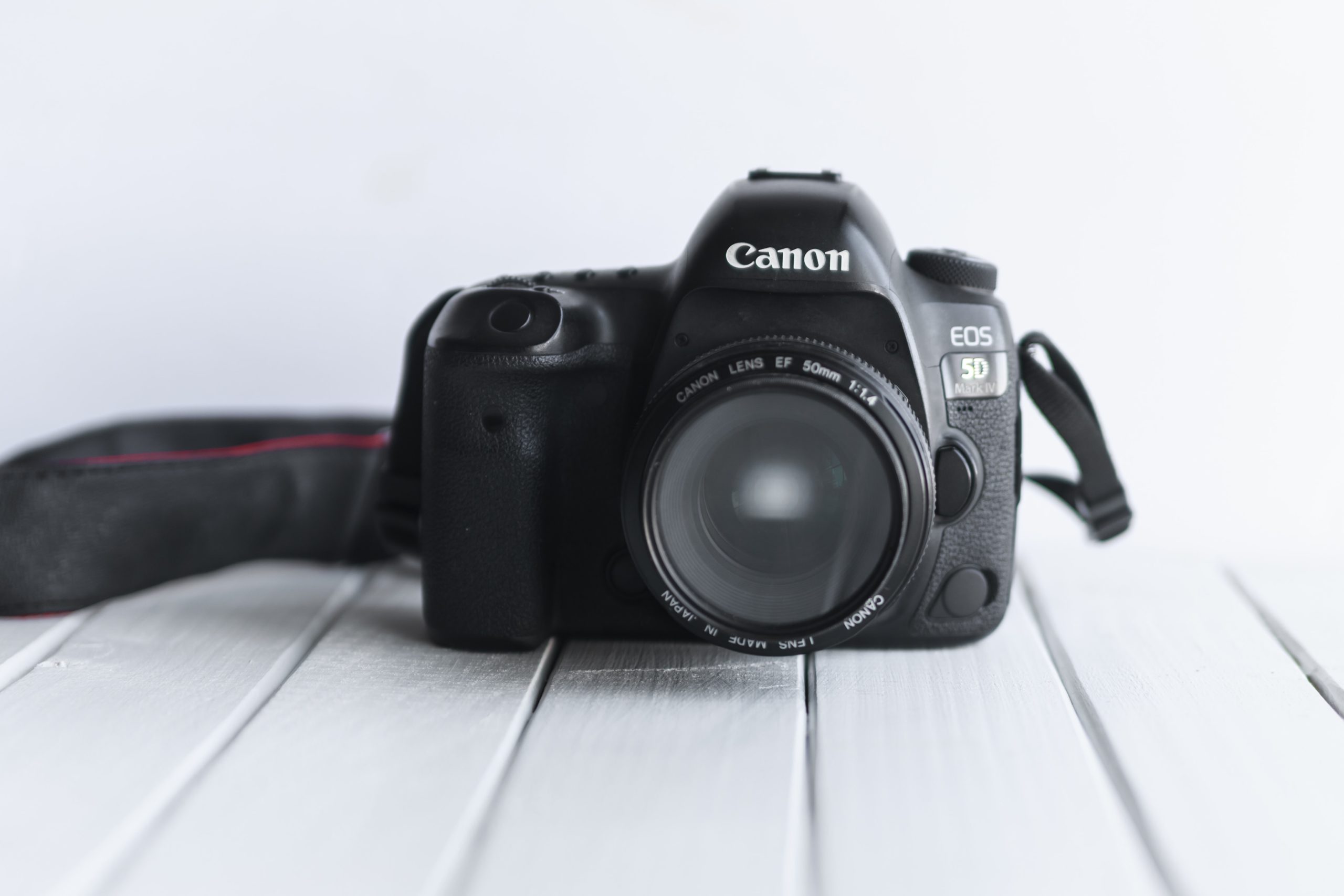
DSLR cameras are real workhorses. And while they are digital, there are still plenty of buttons and knobs which you need to learn about if you want to take the perfect photo.
If you are buying a camera for the first time, the features offered by DSLRs can be quite challenging, and there are so many things to look out for when buying one to ensure you don’t regret your choice:
- Check if it comes with a lens
Not all DSLRs come with a lens in the box. So keep that in mind when making your purchase. If it does not come with a lens, you will have to purchase one separately if you want to be able to take photos.
- Sensor size
As mentioned before, sensor size plays a large role in terms of image quality. Make sure to research the different sizes of sensors and make your purchase accordingly.
- Video capabilities
Not all DSLR cameras support shooting video. So make sure to check if your DSLR of choice corresponds with your needs when it comes to video.
- Lens options
Different brands of DSLR offer a different range of lenses and also different prices for similar lenses. They are generally not interchangeable between brands (with some exceptions), so keep that in mind.
- Weight
DSLRs can be heavy. If you want a DSLR but also want it to be relatively portable, you should always check the weight of the camera and ensure you buy one that’s not too heavy.
What to look for when buying a professional camera
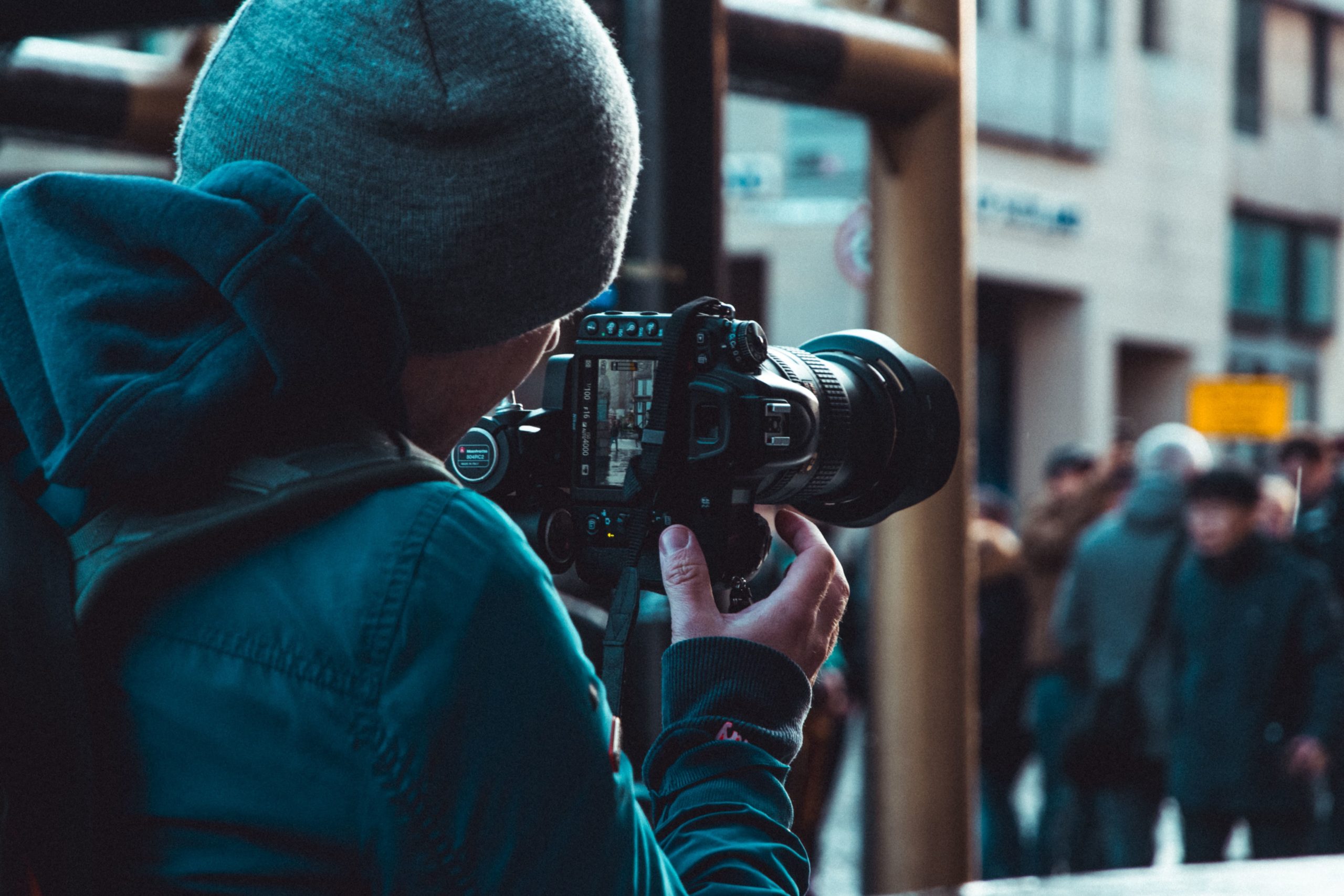
As mentioned earlier, professional cameras are essentially DSLR cameras but with advanced features that make them more suitable for professional use.
If you’re looking to buy a professional camera, it is more than with any of the other types of cameras important that your purchase fits your need — especially when you are planning to use it professionally, and even more so due to their sheer price. Indeed, buying a professional camera can be very expensive due to the more expensive parts involved, so make sure to do your due diligence before making the purchase.
All the points made in the DSLR section stay valid for this type of camera. For professional use, you will want to also make the consideration between full-frame and medium format.
Full-frame is sufficient for most types of professional work, but medium format takes things to a whole other level. The price difference is also quite noticeable. So take note of that.
What to check when buying a used camera
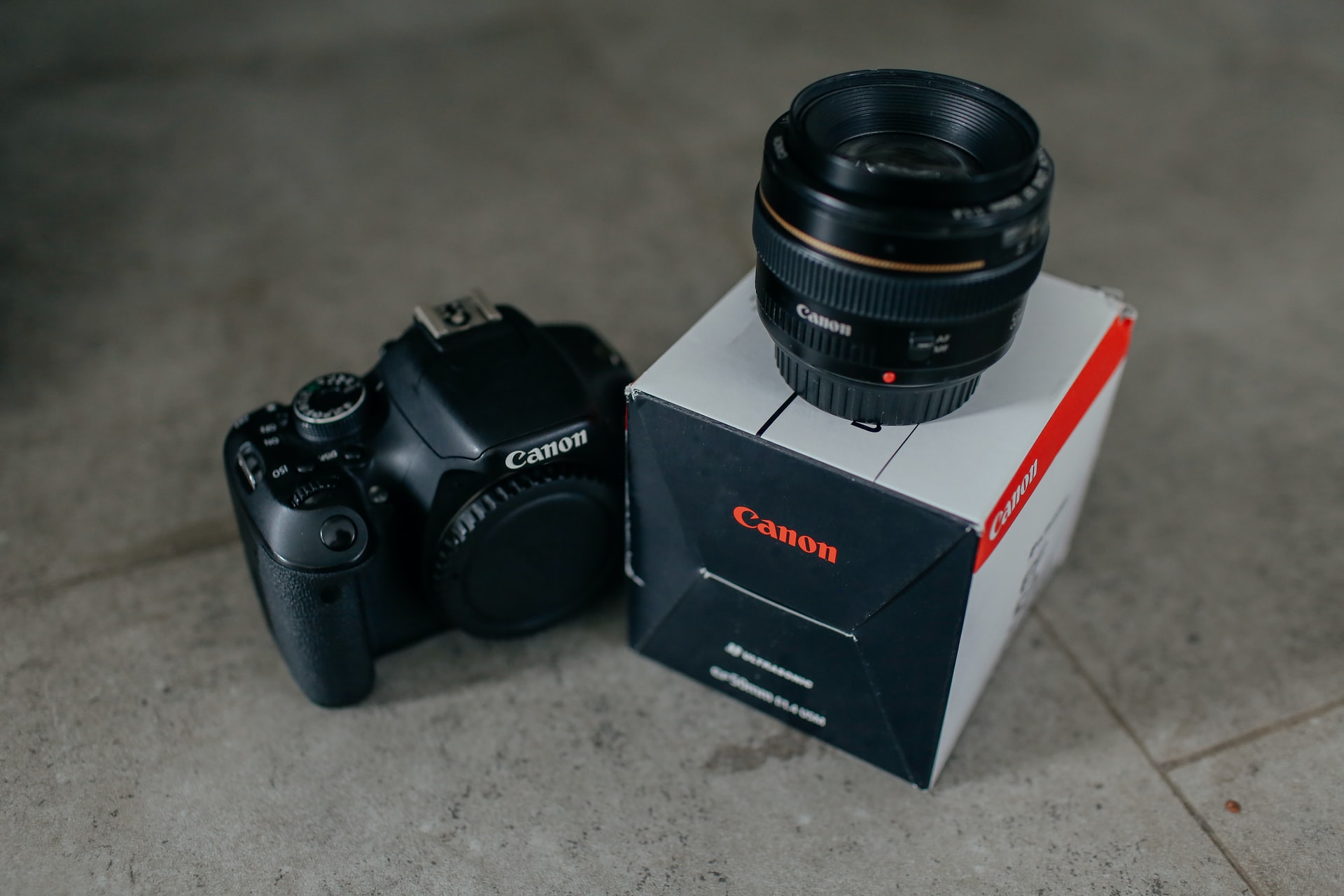
If you want to hop into the world of photography without spending too much money on a new camera, you will want to look into used options. And that’s great — used cameras can be wonderful cameras and in many cases do not perform any worse than new ones. There are however a few things you need to take into account to make sure that your purchase won’t disappoint.
- Wear and tear
The amount of wear and tear reflects how the previous owner handled the camera. Excessive wear and tear could indicate rough use and could result in the camera failing sooner than you expect. Hence, try to get something that looks like it has been taken good care of.
- Take test photos
A used camera can look like it’s in great condition while in reality there is internal damage. To ensure you are getting your money’s worth, ask if you can take some photos and analyze the images. If it all looks good, you should be good to go!
- Shutter count
Shutter count means the number of times the shutter was used. Each taken photo adds +1 to the shutter count. This mainly applies to DSLR and professional cameras (and to some extent also film cameras). They have mechanical shutters which, at some point, will fail and need replacement. When buying used versions of any of the aforementioned camera types, try to find out the shutter count and avoid cameras with a high shutter count. Generally, shutters are rated to last around 150,000-200,000 actuation.
Camera accessories you need
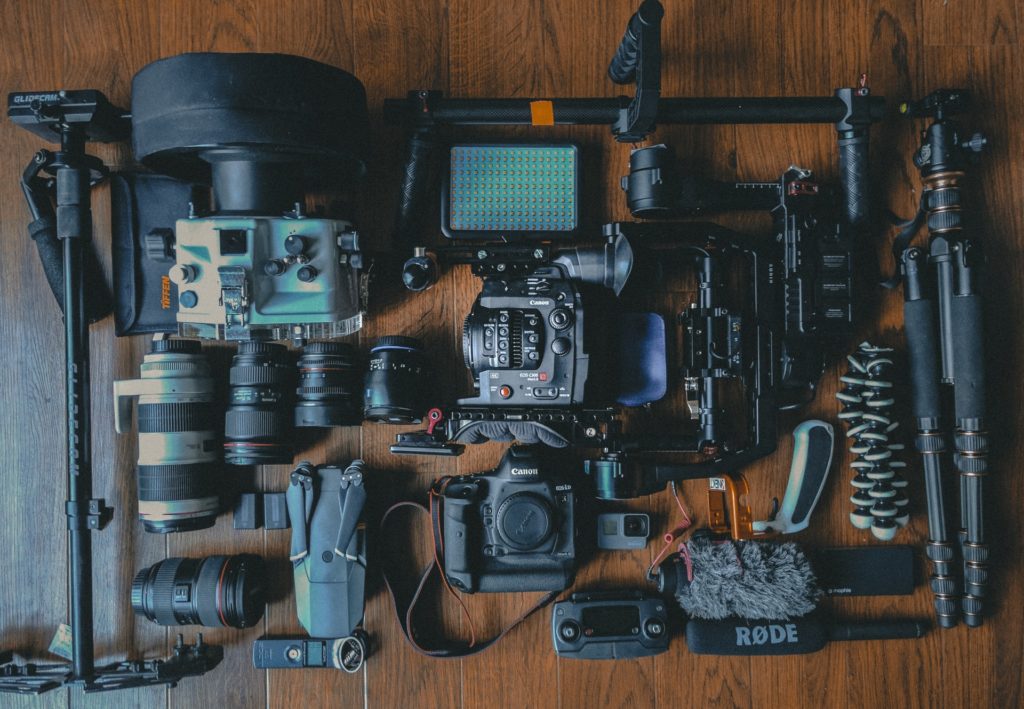
There are lots of camera accessories out there that will boost your photography experience and open up a whole new world of creativity.
- External flash
Some cameras come with built-in flash systems. The problem with those is that they make your photos look extremely flat. If you want your photos to look more professional, check out external flash options. You will be able to add extra details and nice shadows to your photos.
- Filters
UV filters, polarizer filters, and ND filters. For every type of use, there is one available. And they can really boost your photos. Add extra color, reduce glare, or even reduce the amount of light hitting your lens. There’s a filter for everything, and if used properly, you can get amazing results.
- Remote shutter release
If you want your camera to take a photo from a distance without setting a timer, you might want to check out a remote shutter release for yourself. Do check if it is supported by your camera, though, as not all cameras can work with one.
- Tripod
If you want to get nice long-exposure shots, or just need something to mount your camera on to keep things steady, a tripod is an excellent add-on to your photography bag.
Final thoughts
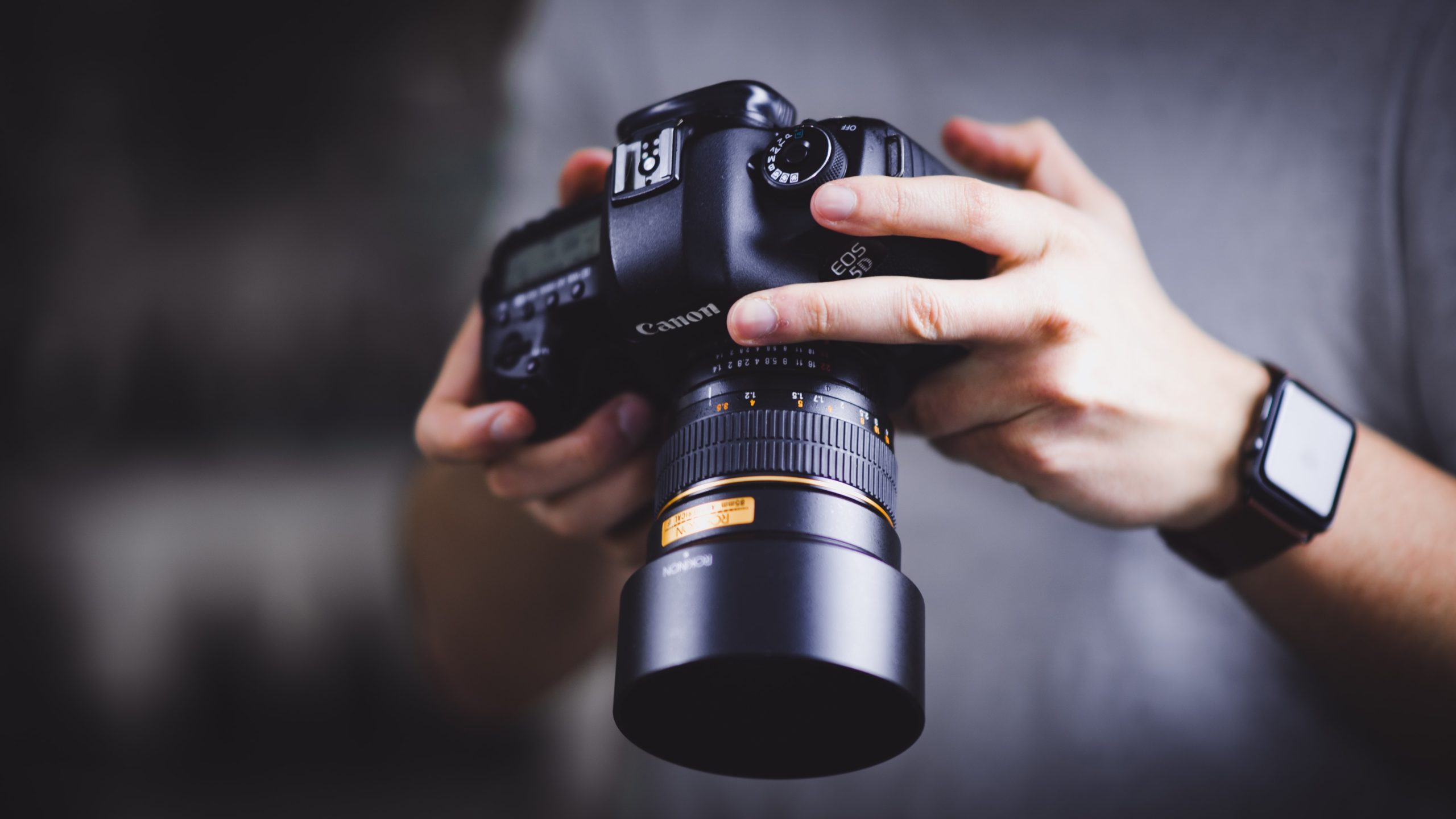
So there you have it! A comprehensive guide to buying a camera.
Choosing a camera can be quite a challenge. They come in different types and there is one for every use case. They can come over as complicated at first, but once you are comfortable with the various options and features, you’ll realize that it’s much more straightforward than expected.
If you set your goals and know what you need, you should be able to make the right purchase and start shooting amazing photographs for your work, private collection, or social media. Hopefully, with the help of this guide, you were able to narrow down your choices and decide on the type of camera that is right for you.
So what are you waiting for? Head out there and start shopping. Good luck!

